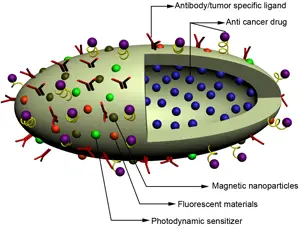|
Dr. Joan Steitz and her colleagues at the Yale University Medical School and Howard Hughes Medical Institute studied the Herpesvirus saimiri virus in monkeys. The virus copies non-coding bits of RNA from host cells. The copies of the RNA in the virus compete with the same RNA bits in the host cells, preventing the host cells from performing their normal functions. This is the first evidence that viruses can leverage non-coding RNA and that they can replicate host RNA. This reverses the normal mode of most viruses which insert genetic material into RNA or DNA sequences in the host cells, tricking those cells into rapidly reproducing and spreading the virus.
One of the microRNA snippets copied by the Herpesvirus saimiri virus is involved in gene regulation. Steitz has not yet determined the precise details of how these snippets work, but early evidence indicates they have some relation to the cell lifecycle. Examining this process in more detail could help researchers learn more about a variety of viruses including HIV and Epstein-Barr virus (which is in the same family of viruses as the Herpesvirus saimiri). Because the Herpesvirus saimiri virus causes cancers, studying it could also shed light on how cancers work and lead to potential treatments for the disease.
TFOT has previously reported on other virus research including another way viruses use microRNA to attack cells, a method for turning Ebola viruses into a safer strain with limited reproduction capabilities, and processes for engineering viruses to fight specific bacterial infections.
Read more about the new virus defense mechanism discovered by Dr. Steitz in this Yale press release. Read more about the Steitz group’s RNA research and its other possible applications on the group’s research page.










